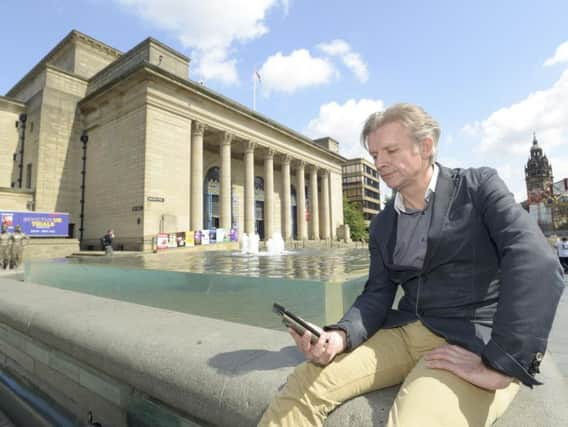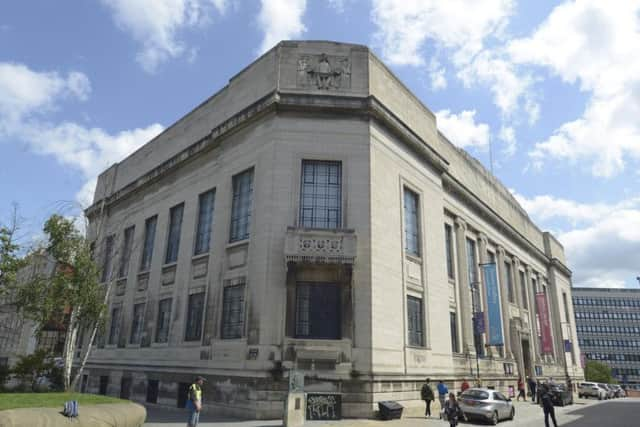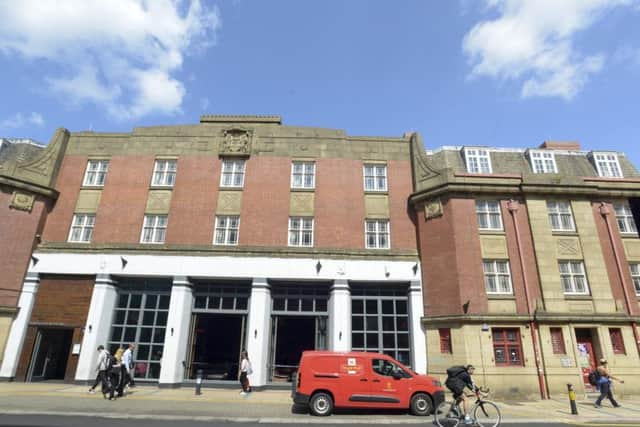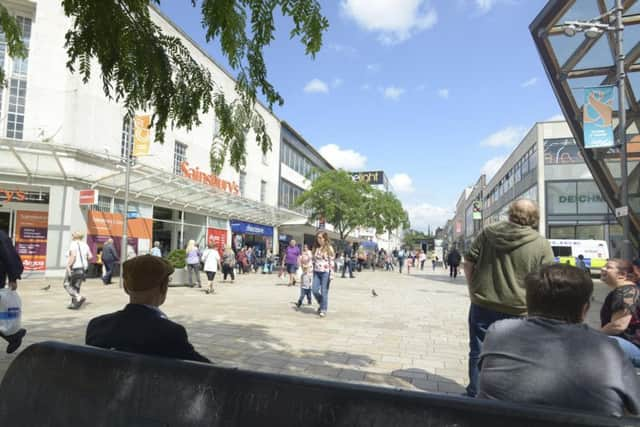A new Sheffield Blitz Heritage Trail will commemorate the city's darkest day


Luftwaffe bomber crews arrived in the city's skies, dumping their explosives over one of the country's most important industrial centres.
In the resulting inferno, 2,000 people were killed or injured and a tenth of the population lost their homes.
Advertisement
Hide AdAdvertisement
Hide Ad

Major landmarks such as Atkinsons department store and The Moor shopping area were completely destroyed.
The Marples Hotel, one of the city's most popular pubs and concert venues, took a direct hit and 70 customers died. Seven men who had been trapped in the cellars survived, although one committed suicide three years later, having never recovered from the trauma.
In the ensuing decades, bomb sites were cleared and buildings rebuilt, but there has never been a major legacy of that devastating night, leading to the bombing being dubbed Britain's 'forgotten Blitz'. In other cities such as Coventry, ruined buildings were turned into permanent memorials which survive to this day.
Advertisement
Hide AdAdvertisement
Hide AdTen years ago, local author Neil Anderson began researching the Sheffield Blitz after coming across memoirs written by his grandmother, who remembered the tragic events of 1940.


His subsequent book, Sheffield's Date With Hitler, revived interest in the scars of World War Two and he began planning a long-term project to commemorate those who died in the air raids.
Four years ago, he began a campaign and received over £80,000 of Heritage Lottery cash, which has funded a museum exhibition, a book and now a heritage trail with its own smartphone app.
Advertisement
Hide AdAdvertisement
Hide AdThe trail features 14 locations that suffered severe bomb damage, and each has been given a plaque displaying more details of the attack.


They include Sheffield Central Library, where rescue workers gathered; Sheffield City Hall, where shrapnel marks can be seen; Devonshire Green, where several streets were destroyed before the area became public open space in 1981; the new Atkinsons department store, which was built in the 1960s; and Sheffield United's Bramall Lane ground.
The app will enable visitors to access more information about each site and see visuals of how they looked before the bombing. Doug Lightning, the last surviving Blitz fireman who died this year, narrates the digital version of the trail.
The trail will go live on December 12 - the 80th anniversary of the raid. Nightclub entrepreneur Peter Stringfellow, who grew up in post-war Sheffield and remembered playing in the bomb sites, Horrible Histories author Terry Deary, The Moor and Atkinsons have all donated towards the cost of the project.
Advertisement
Hide AdAdvertisement
Hide AdThe Blitz exhibition at the National Emergency Services Museum in Shalesmoor has already seen visitor numbers double and Mr Anderson is expecting huge interest in the trail.


"There was so little to mark the attacks, but the devastation they caused was incredible," he said.
"I wanted to create a legacy to commemorate them, and the response was amazing. It took a bit of time to get permission to erect plaques at all the sites, but we are in the final stages now and the trail will be unveiled on the anniversary in December.
"Sheffield wasn't rebuilt until 15 or 20 years after the war and there isn't much left in the city centre that is pre-war. So much of the city was destroyed. The Moor, which was the main shopping area, was completely flattened, and Atkinsons, which was a major landmark, was totally destroyed.
Advertisement
Hide AdAdvertisement
Hide Ad"We put out a call for survivors who remember the Blitz and quite a few came forward to tell their stories. The bombing affected everyone in Sheffield and was life-changing for so many people. Its legacy has been passed down the generations.
"There has already been a lot of interest in the exhibition, mostly among local people but people have been coming from further afield."